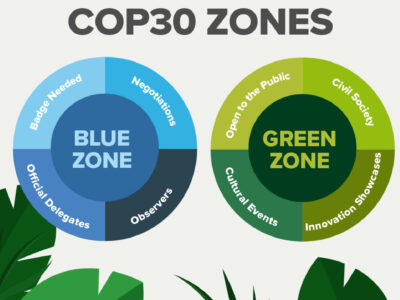
The Associated Press (AP) has produced an interactive feature that explores increasing heat extremes in cities worldwide. The feature uses data from CIESIN, a center within the new Columbia Climate School. The dataset was produced as part of a study led by CIESIN postdoctoral research scientist Cascade Tuholske, published last month. Tuholske and his co-authors combined temperature and humidity measures with population estimates to better understand how growing heat extremes impact vulnerable urban people. They found that global urban extreme heat exposure has tripled since the 1980s, raising concerns about the health and well being of billions of people worldwide.
The AP feature guides you through the data set and visualizes the threat of the intersection of rising temperatures and soaring population growth. Go to the AP site to tour the world’s hottest cities, and learn how increases in extreme heat are likely to impact growing numbers of people around the world in the coming decades.




Global Energy Nutrition Initiative is implementing the N E Jamaica Project which uses the island of Jamaica to scale up community responses to tropical development. One thing that is abundantly clear is that our goal should be zero carbon per capita in every country. It is important that this be recognized and measured. The what if analysis must be done also. What if China and India had grown their populations with zero carbon? What if they had used concentrating solar thermal with thermal energy storage instead? This approach will lead to results not imagined but like the A Bomb it must be imagined then maybe built. Let us build a planet that produces zero carbon footprint and uses the planet’s carbon sequestration capability to manage carbon. Human capital development and banking based on human capital and natural capital are used. Let us build the virtual world that the UN/IMF/WGB/WTO/WHO has been taliking about. Make it work using Jamaica as the pilot. Thank you for this opportunity and I look forward to working with you.